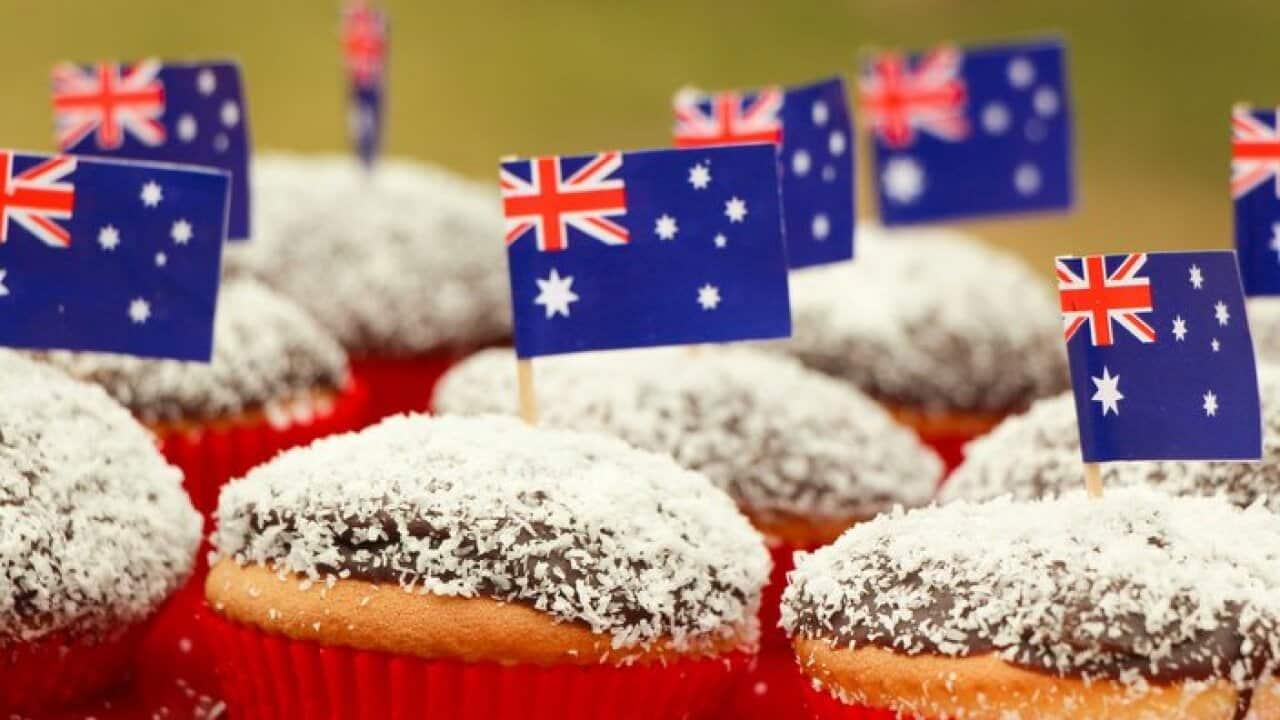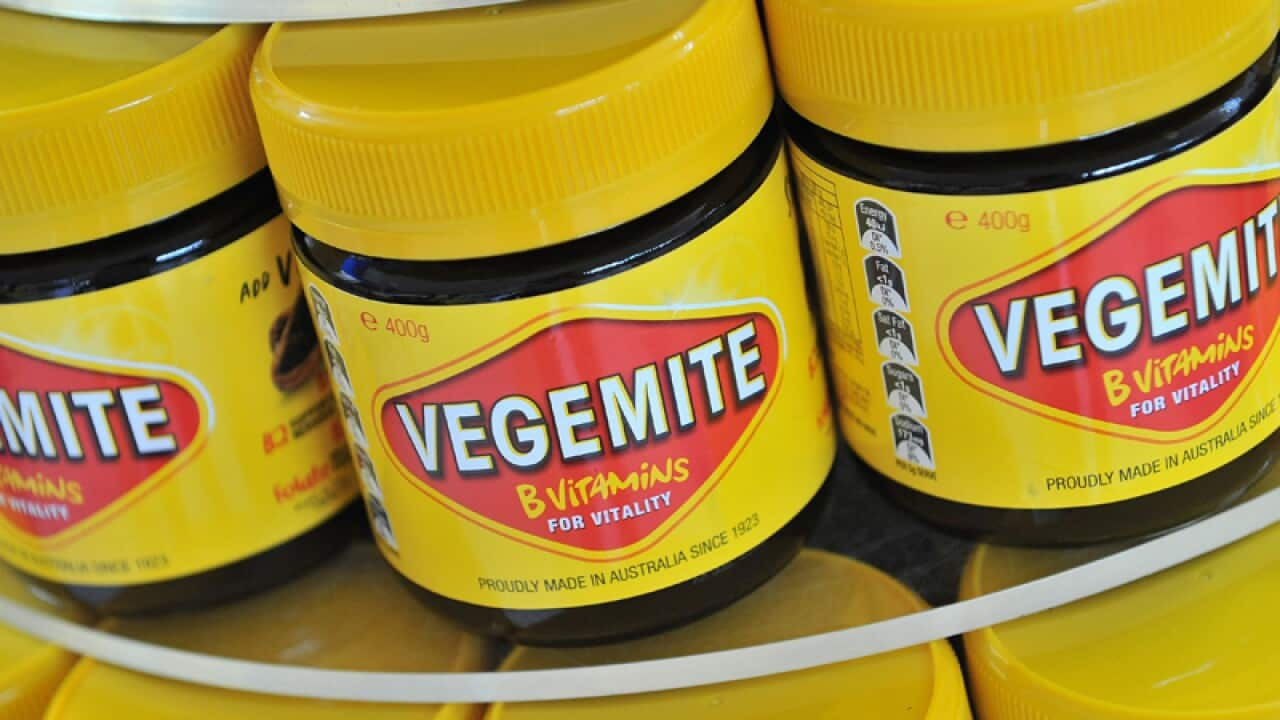This year's Australia Day lamb ad from the folks at Meat and Livestock Australia pushed up a lot of people's blood pressure.
Some were indignant that it tells us to eat lamb on Australia Day, without mentioning the words "Australia Day", while others objected to the comparison between newly arrived boat people and the First Fleet settlers who killed many Aboriginal Australians.
First Australians have never welcomed Australia Day on January 26, and the vegans probably don’t like the cheeky dig. Though, I reckon it’s safe to say the Indians, Serbians and gays are ok with it.
Personally, I love it, especially the Haddaway 'What Is Love' backing track. But I don’t want to go there, today.
I love food as much (and probably more, judging by the scales) than the next person. The national debate sparked by the lamb floggers has got me thinking: what is Australian food? Do we have a national dish?
For those from India, there’s no shortage of distinctive food from their culture. I’m addicted to dosa at the moment.
Chinese – where do we begin? I’d begin and end with dumplings.
Japanese ramen; Yorkshire pudding comes to mind for the English; and the mere mention of Vietnamese pho and pork rolls instantly make me salivate.
Veteran food critic and author, John Newton, says Vegemite comes closest - and in incredible timing, it's back in Australian hands after Bega bought it from the Americans.
For him it’s not “the Pavlova, whose provenance is hotly contested… not Peach Melba which, although named after an Australian, is not Australian. None of these justly celebrated desserts/cakes – with the possible exception of the lamington – came from Australian domestic kitchens. And none are associated with one place.”
Other favourites such as damper, lamb, steak and eggs, and pies aren’t uniquely Australian, he laments.
Newton says, just maybe, the Adelaide pie floater - “meat pie island in a pea soup sea” - qualifies. While people have served peas with pies, the "floater" is an original idea fresh from pie carts in Adelaide.
Food and drink are key ingredients of any celebration. So on Australia Day, what should we eat?
And this year, Lunar New Year is just two days after Australia Day. The Year of the Rooster falls on Saturday, January 28. With around one million Australians from Chinese, Vietnamese and Korean backgrounds, and the New Year falling on the weekend, the shindig will be huge.
But there’s no confusion when it comes to what food will be on the party table. If you want good luck, eat these lucky Lunar New Year dishes:
- Spring rolls and dumplings: is all about wealth. In addition to being delicious, their shapes resemble ancient Chinese gold ingots.
- Fish: for prosperity. As it sounds like “abundance” in Chinese, eat whole fish for wealth all year round.
- Noodles: if you want long life, choose dishes with long strands of noodles. Cut them and you risk cutting short your life!
- Tangerines and oranges: believed to bring wealth. In Chinese tangerine sounds like “luck”, while orange sounds like “gold”.
- Mut (candied fruit): according to the Vietnamese, sweetness brings a sweet life and candied seeds such as lotus bring family happiness through having more children.
- Watermelon: Vietnamese believe good luck comes to the household if a watermelon is cut during New Year. The inside is red and the darker the red, the greater the prosperity.
- Lettuce: sounds like “growing wealth” in Chinese. That’s why lettuce is always ripped and thrown to the crowd at the conclusion of lion dances.
- Whole chicken: including head and feet is symbolic of family reunion, togetherness and happiness. Make sure the chicken is as “whole” as possible, including head and feet.
Don’t ask me if I’ll be celebrating Australia Day or Lunar New Year this year. Why the either, or? I’ll be feasting on both.
In 2028, Lunar New Year falls on January 26. If we haven’t sorted out a national dish by then, it might be dumplings and noodles all round, mate!
served as a local councillor in Fairfield for nine years (1999-2008). He is managing director of IDENTITY Communications, part of IPG Mediabrands, and publishes the food blog.
MORE FROM THE AUTHOR

Comment: How Lunar New Year became a commercial event in the West













